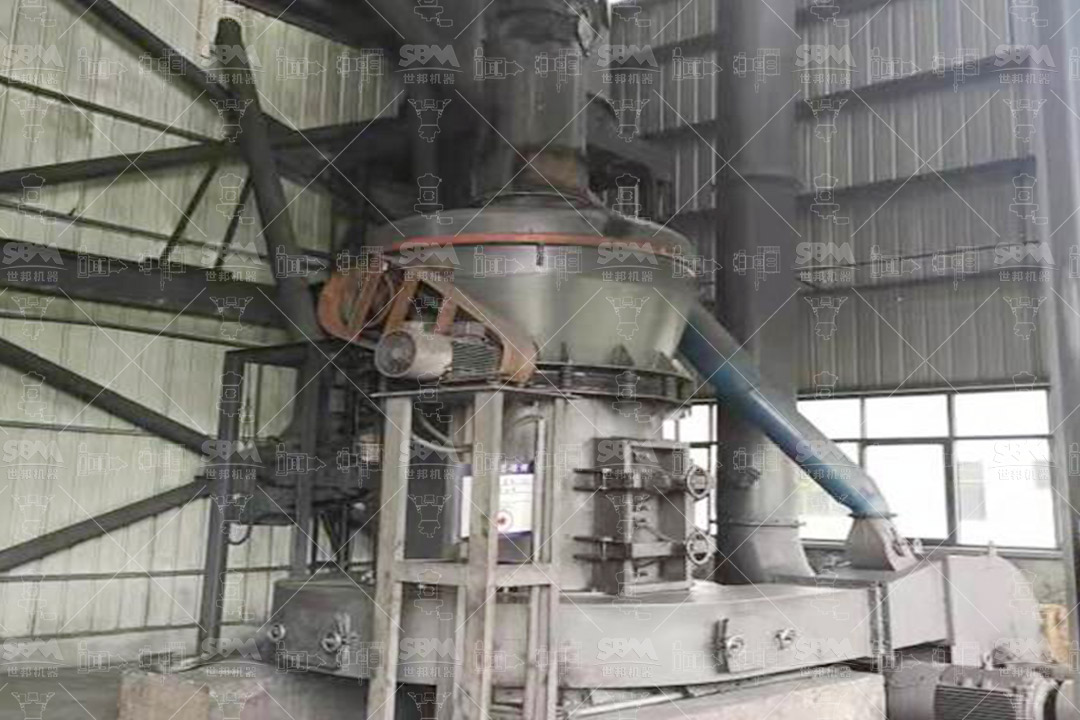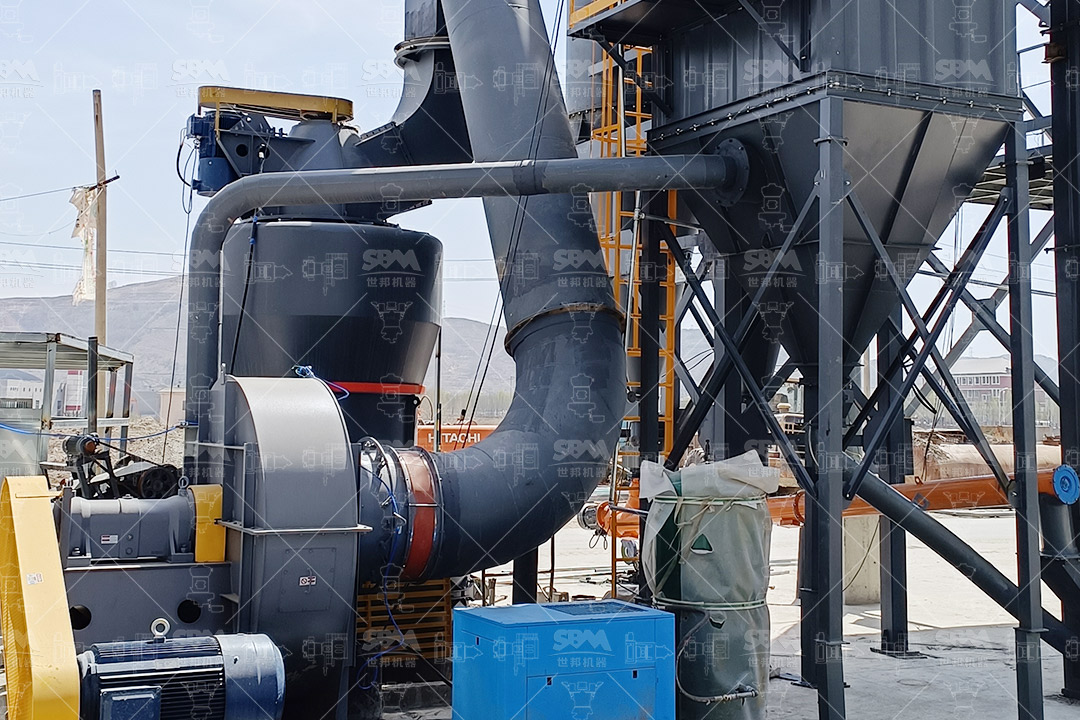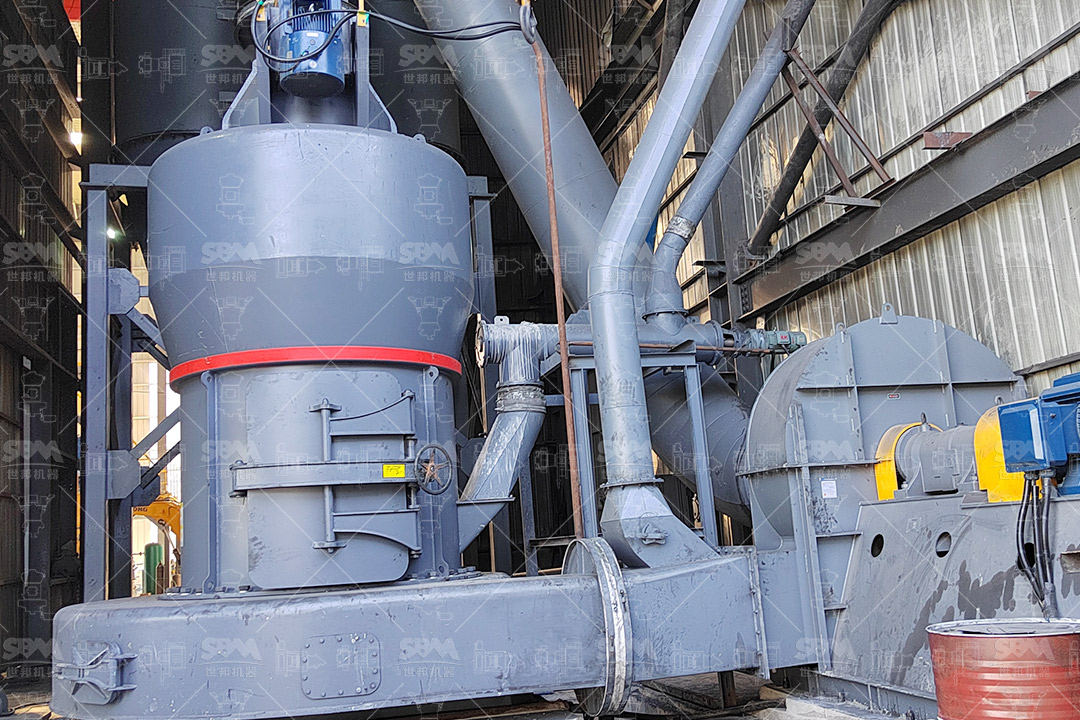The paper manufacturing industry has undergone significant technological transformations over the past decades, with one of the most impactful being the optimization of filler materials and their processing. Among these materials, talc stands out as a crucial component that enhances paper quality while improving manufacturing efficiency. The key to unlocking talc’s full potential lies in advanced grinding technology, particularly roller mill systems that can produce precisely controlled particle sizes with exceptional consistency.
Talc, a hydrated magnesium silicate, serves multiple functions in paper production. As a filler, it improves paper opacity, brightness, and printability. As a pitch control agent, it prevents sticky deposits from forming on paper machines. However, these benefits are heavily dependent on particle size distribution, purity, and morphological characteristics—all of which are directly influenced by the grinding technology employed.
In paper manufacturing, the particle size of talc fillers directly impacts several key quality parameters. Finely ground talc with uniform particle distribution provides superior optical properties, including higher opacity and improved brightness. The specific surface area of talc particles affects retention rates during paper formation, with optimally sized particles demonstrating better retention in the paper web.
Research has shown that talc particles in the range of 1-10 microns provide the ideal balance between light scattering efficiency and retention characteristics. Particles smaller than 1 micron tend to agglomerate and may be lost through the wire, while particles larger than 10 microns can create surface roughness and reduce print quality. This precise size requirement makes advanced grinding technology essential for premium paper production.
| Particle Size Range | Impact on Paper Properties | Optimal Application |
|---|---|---|
| 0.5-2μm | Maximum opacity, smooth surface | Premium printing papers |
| 2-5μm | Good opacity, excellent retention | Standard printing and writing papers |
| 5-10μm | Moderate opacity, high bulk | Packaging and board grades |
| >10μm | Reduced opacity, surface defects | Generally avoided in quality papers |
The traditional approach to talc grinding often involved ball mills or conventional hammer mills, which produced broad particle size distributions with limited control over the final product characteristics. These methods frequently resulted in energy inefficiency and inconsistent product quality, leading to variations in paper properties and potential production issues.

Modern roller mill systems have transformed talc processing by offering precise control over particle size distribution while significantly reducing energy consumption. These systems employ multiple grinding stages with integrated classification to ensure that only properly sized particles exit the system, while oversize material is continuously returned for further reduction.
The fundamental advantage of roller mills lies in their ability to apply controlled compressive forces rather than impact forces, resulting in more uniform particle morphology and reduced energy requirements. This compression grinding mechanism produces talc particles with optimal aspect ratios for paper filling applications, enhancing both optical properties and mechanical strength of the final paper product.
Among the various roller mill configurations available, our SCM Ultrafine Mill represents a significant advancement in talc processing technology. This system combines high-efficiency grinding with precision classification to produce talc powders with fineness ranging from 325 to 2500 mesh (D97≤5μm), making it ideal for premium paper grades requiring exceptional smoothness and printability.
Contemporary talc roller mills incorporate several technological innovations that directly benefit paper manufacturers:
Energy Efficiency: Advanced roller mill systems typically consume 30-40% less energy compared to traditional ball mills of equivalent capacity. This reduction is achieved through optimized grinding mechanics, improved motor efficiency, and intelligent control systems that adjust operational parameters in real-time based on feed characteristics and product requirements.
Precision Classification: Integrated air classifiers enable tight control over particle size distribution, ensuring consistent product quality batch after batch. Modern classifiers use vertical turbine designs with adjustable rotor speeds and blade configurations to achieve precise cut points, eliminating coarse particles that could compromise paper quality.
Wear Resistance: Specialized materials for grinding components, including high-chrome alloys and ceramic composites, significantly extend operational life between maintenance intervals. Our SCM Ultrafine Mill features specially formulated roller and ring materials that provide 2-3 times longer service life compared to conventional materials, reducing downtime and maintenance costs.
Environmental Compliance: Modern grinding systems incorporate comprehensive dust collection and noise reduction features. Pulse-jet dust collectors with filtration efficiency exceeding 99.9% ensure that workplace and environmental dust emissions remain well below regulatory limits. Acoustic enclosures and vibration damping systems maintain operational noise levels below 75 dB, creating safer working conditions.

Our SCM Ultrafine Mill has been specifically engineered to address the unique requirements of paper grade talc production. The system’s design incorporates several features that make it particularly suitable for this application:
The mill’s three-layer grinding mechanism ensures progressive size reduction, preventing overgrinding of already fine particles while efficiently reducing coarser material. This staged approach minimizes energy waste and produces a more uniform particle size distribution. The vertical turbine classifier provides precise control over the final product fineness, with the ability to produce talc powders as fine as 2500 mesh (D97≤5μm) for specialty paper applications.
With capacity ranging from 0.5 to 25 tons per hour across different models, the SCM series offers scalability to match various production requirements. The SCM1680 model, with its 315 kW main motor and capacity of 5-25 tons per hour, is particularly well-suited for large-scale paper mills requiring high-volume talc production.
The intelligent control system automatically monitors and adjusts operational parameters to maintain consistent product quality, even with variations in feed material characteristics. This automation reduces the need for continuous operator intervention and ensures product consistency throughout production runs.
For paper manufacturers requiring high-volume production of standard grade talc fillers, our MTW Series Trapezium Mill offers an optimal balance of capacity, efficiency, and product quality. With throughput capacities ranging from 3 to 45 tons per hour, this system can serve the needs of even the largest paper manufacturing facilities.
The MTW series incorporates several innovative features that enhance its performance in talc grinding applications. The curved air channel design minimizes airflow resistance, reducing energy consumption while improving material transport efficiency. Combined blade assemblies lower maintenance costs by allowing replacement of individual worn components rather than entire assemblies.
For paper mills operating multiple production lines with different talc requirements, the MTW215G model provides exceptional flexibility with its 45-ton-per-hour capacity and ability to produce talc powders from 30 to 325 mesh. The integrated bevel gear transmission system achieves 98% transmission efficiency, contributing to the system’s overall energy efficiency.
The implementation of advanced talc roller mills translates to tangible benefits throughout the paper manufacturing process:
Improved Paper Quality: Consistently sized talc particles with optimal morphology enhance paper formation, surface smoothness, and optical properties. This results in paper products with superior printability and visual appeal, commanding premium prices in the market.
Reduced Additive Consumption: The high purity and controlled particle size distribution achieved with modern grinding systems often allow paper manufacturers to reduce talc addition rates while maintaining or even improving paper properties. This optimization directly lowers raw material costs.
Enhanced Process Stability: Consistent talc quality minimizes variations in paper machine operation, reducing breaks and other production disruptions. The reliable pitch control provided by properly processed talc extends clothing life and reduces cleaning requirements.
Lower Total Operating Costs: While the initial investment in advanced grinding technology may be higher than traditional systems, the combination of energy savings, reduced maintenance, lower additive consumption, and improved operational efficiency typically delivers a compelling return on investment within 12-24 months.
| Parameter | Traditional Ball Mill | Advanced Roller Mill | Improvement |
|---|---|---|---|
| Energy Consumption (kWh/ton) | 45-55 | 28-35 | 35-40% reduction |
| Particle Size Control (D90/D10 ratio) | 4.5-6.0 | 2.8-3.5 | 40-50% improvement |
| Maintenance Interval (hours) | 2000-3000 | 6000-8000 | 200-300% increase |
| Talc Retention in Paper (%) | 65-75 | 78-85 | 15-20% improvement |
When integrating advanced talc grinding systems into paper manufacturing operations, several factors require careful consideration:
Feed Material Characteristics: The geological source and initial particle size of raw talc influence mill selection and configuration. Our technical team conducts comprehensive material testing to recommend the optimal system configuration for specific talc types.
Integration with Existing Processes: Modern grinding systems can be designed to interface seamlessly with existing talc handling, storage, and slurry preparation systems. Automated controls can be integrated with mill-wide distributed control systems for centralized monitoring and operation.
Future-Proofing: Modular design approaches allow for future capacity expansions or product grade diversification without requiring complete system replacement. Our SCM and MTW series mills are designed with this flexibility in mind, supporting paper manufacturers’ evolving needs.

The evolution of talc grinding technology, particularly through advanced roller mill systems, has provided paper manufacturers with powerful tools to enhance product quality while improving operational efficiency. The precise particle size control, energy efficiency, and operational reliability of modern grinding systems directly address the paper industry’s ongoing challenges of quality consistency, cost control, and environmental compliance.
Our SCM Ultrafine Mill and MTW Series Trapezium Mill represent the current state of the art in talc processing technology, offering paper manufacturers proven solutions for both premium and standard grade talc production. By partnering with equipment providers who understand the specific requirements of paper manufacturing, mills can optimize their talc utilization to produce superior paper products while maintaining competitive operating costs.
As paper quality requirements continue to evolve and environmental regulations become increasingly stringent, the role of advanced talc processing technology will only grow in importance. Paper manufacturers who invest in modern grinding systems position themselves for long-term success in an increasingly competitive global marketplace.